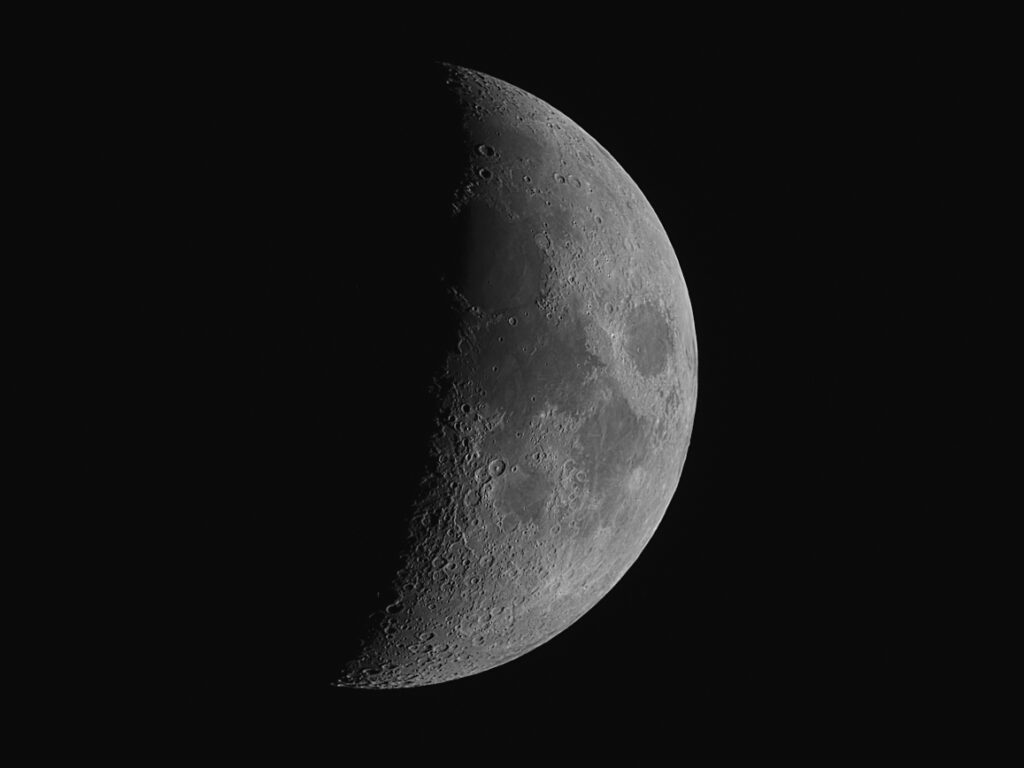
Telescope: LXD75 SC8 @ f/6.3, LX65 mount
Camera: Canon 600Da
Filter: GSO IR Blocking Filter
Exposure: 16×1/500 sec, ISO 1600, saved as RAW
Seeing: Fair, 3/5
Software: Backyard EOS, Autostakkert, Registax, Nebulosity, Photoshop
This was a quick peek at the moon taken as part of an imaging test using my LX65. This particular test was to determine whether I could frame the entire moon in a single field using a 0.63x focal reducer/field flattener. The source images were taken manually using a simple remote switch and the mirror lock-up function to work around vibrations from the DSLR’s mirror retracting. The sky was thick with haze which gave the moon a bit of an odd color, so I separated the image into its red, green, and blue panes and selected the blue data set for the final monochrome image.
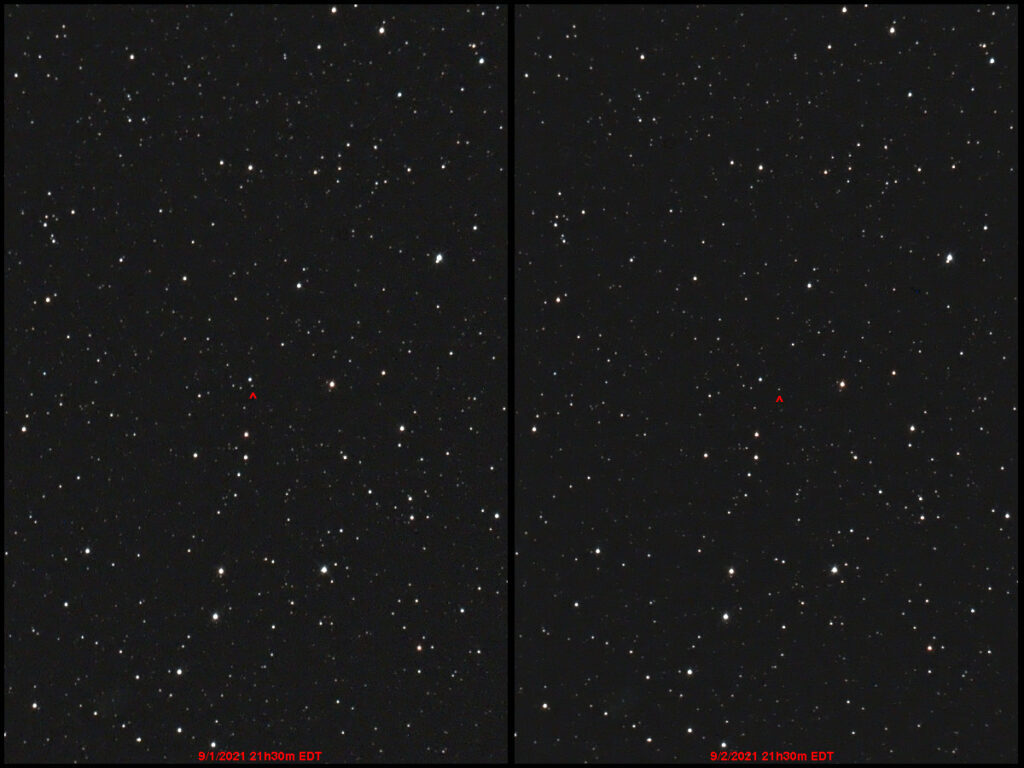
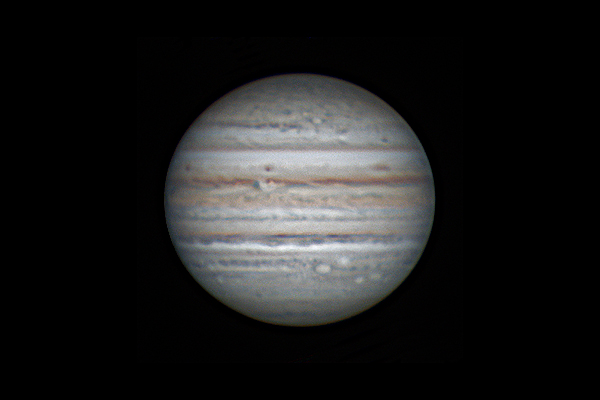
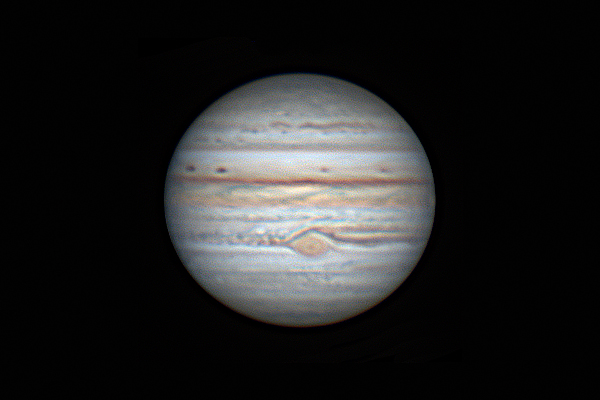
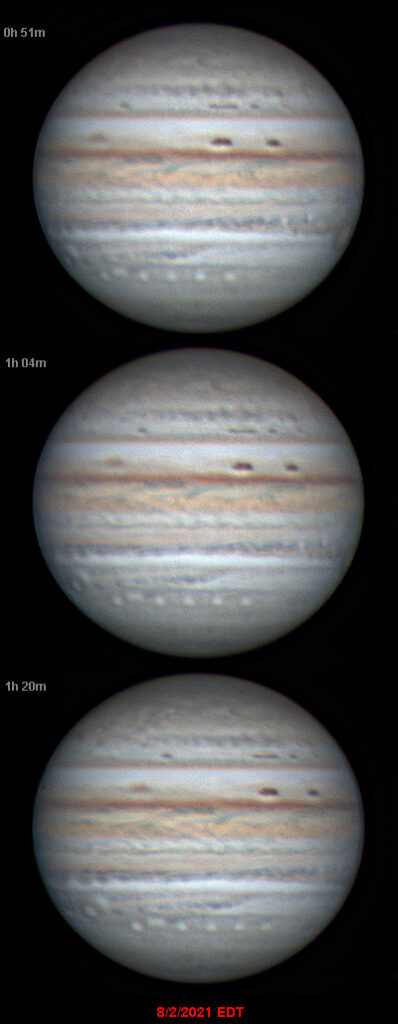
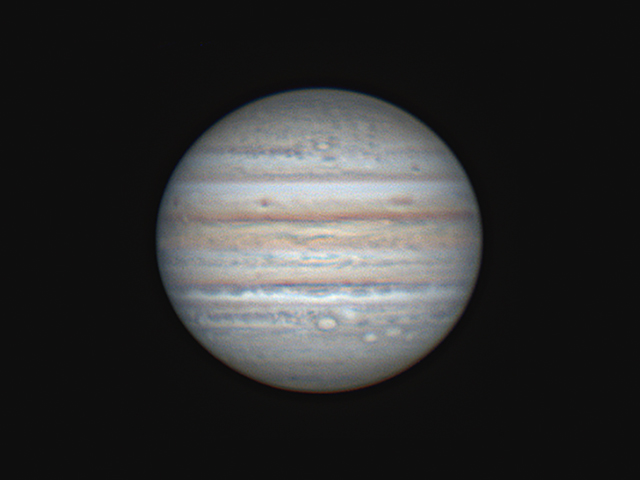
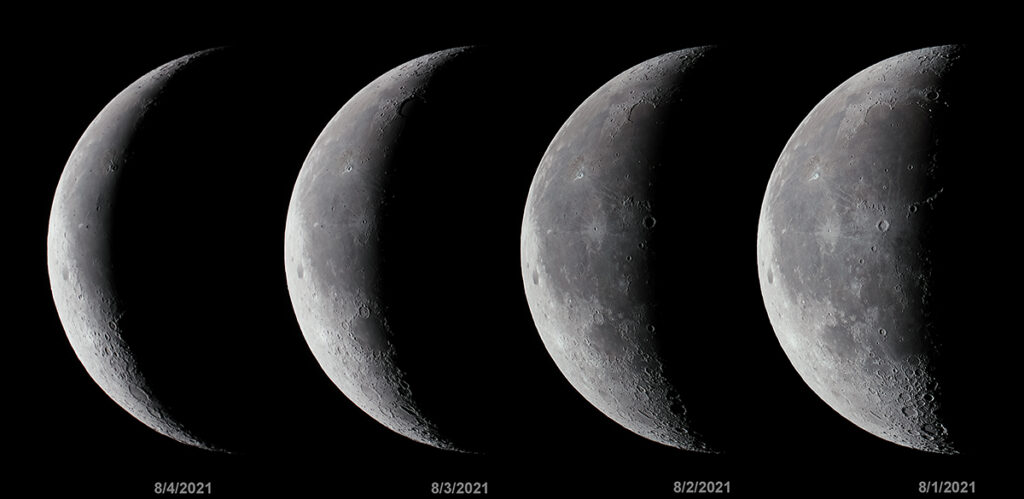



Recent Comments